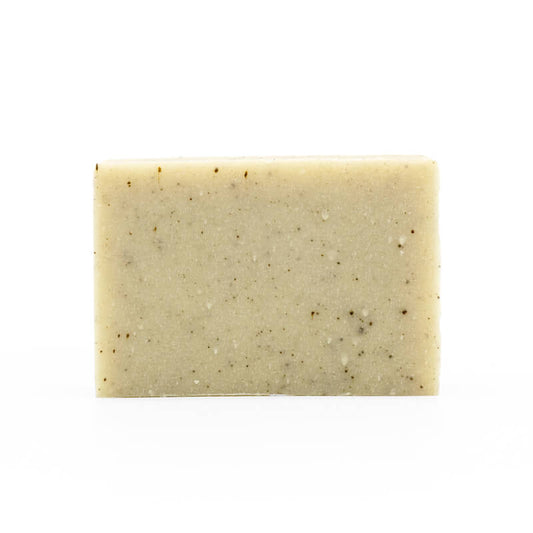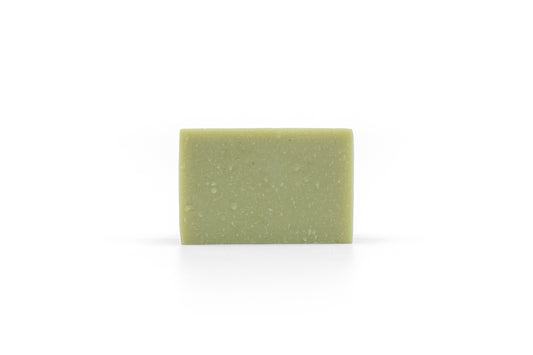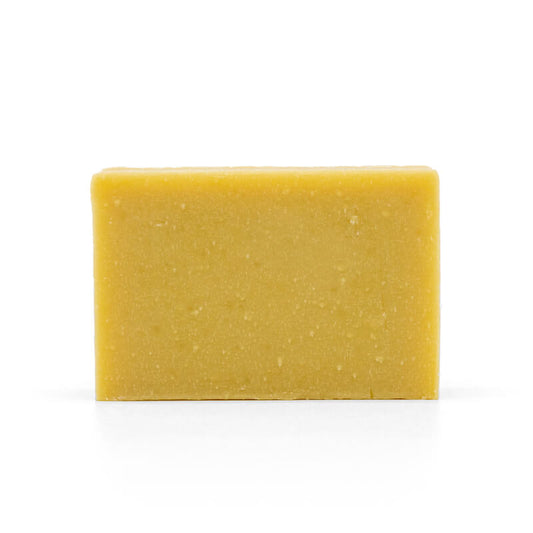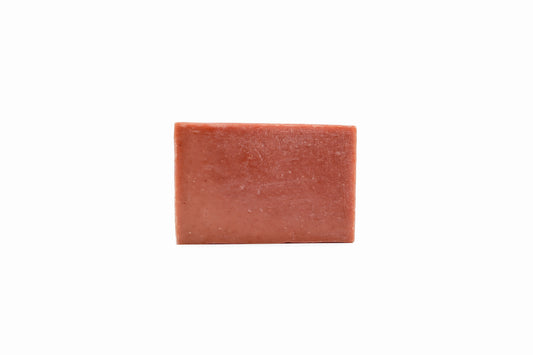Madder Root Powder

A time honoured natural colourant known for its striking range of hues, madder root is a treasured piece of nature’s raw palette. The handmade small batch soaps form Beaverton’s proudly feature madder root as a cherished naturally derived source of colour.

Dried madder root ; Image: Bend Yoga
Madder root is a natural dye derived from the plant Rubia tinctorum. This perennial plant is native to Europe and parts of Asia, and it has been used for centuries to make dye due to its deep lasting colour. The ancient Egyptians were among the first to harness its vibrant red pigment, using it to colour textiles and mummification wrappings. In India, madder root played a crucial role in the rich tradition of textile dyeing, where its deep reds became a hallmark of luxury fabrics. The plant's use spread to mediaeval Europe, where it was prized for its ability to produce a range of red shades that were both vivid and durable. By the 19th century, the development of synthetic dyes began to overshadow natural sources like madder root, but it still remains in use to this day.

Bundles of yarn coloured with madder-based dyes ; Image: Sea Green and Sapphire
In contemporary industry, madder root continues to find niche applications despite the widespread use of synthetic dyes. Its natural vibrant red pigments are prized by artisans and enthusiasts who seek authentic and eco-friendly alternatives to synthetic colourants. In the textile industry, madder root is utilized by natural dye practitioners to produce rich enduring hues for fabrics such as wool, silk, and cotton. Its use is particularly popular among those dedicated to sustainable and artisanal methods of dyeing. The growing interest in sustainable and traditional craftsmanship has led to a resurgence in the use of madder root, reflecting a broader trend towards environmentally conscious practices. Additionally, madder root is used in the production of high quality natural pigments for artistic applications, including watercolours and oil paints.

Dried madder roots and examples of different madder-derived pigments ; Image: The Strad/Guy Harrison
Madder root is rich in a variety of natural compounds that contribute to its distinctive red hue. The primary active compounds are anthraquinones, with alizarin and purpurin being the most notable. Alizarin, responsible for the deep red colour of madder root, was historically significant as one of the first natural dyes to be synthesised in the 19th century. Purpurin contributes a slightly different shade of red, adding to the range of colours that can be achieved with madder root. Additionally, madder root contains other anthraquinones such as munjistin and aminoanthraquinone, which enhance its dyeing properties.

The above-ground foliage of the madder plant ; Image: Encyclopedia Britannca
In cold process soapmaking, madder root is celebrated for its ability to impart a naturally derived strong red colour. When incorporated into soap recipes, madder root can be used either in powdered form or as an infused oil to achieve a variety of shades from soft pinks to deep reds depending on the concentration and processing methods used. Bar soaps made with madder root showcase its striking colour, creating a beautiful and sophisticated addition to daily skincare routines.

A bar of Beaverton's Berry Good soap, coloured primarily my madder root powder.
Perfect for those who appreciate both aesthetic beauty and natural ingredients, madder root dye elevates personal self care regimens and brings a touch of elegance to the washing experience. Indulge in the bright tones of madder root coloured soaps made by Beaverton’s.







